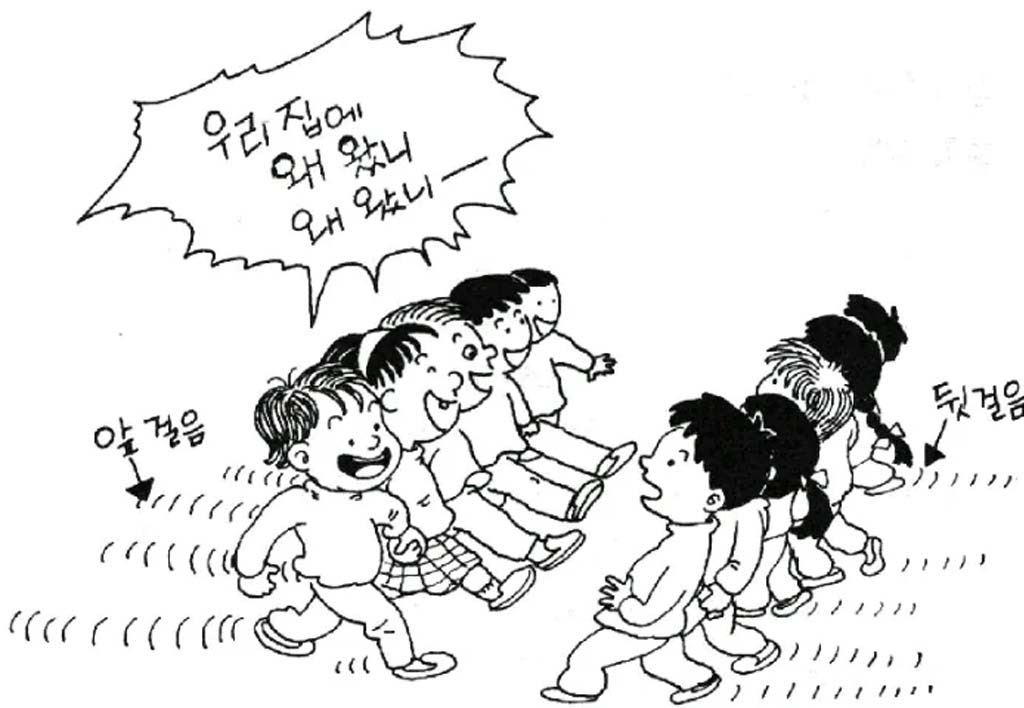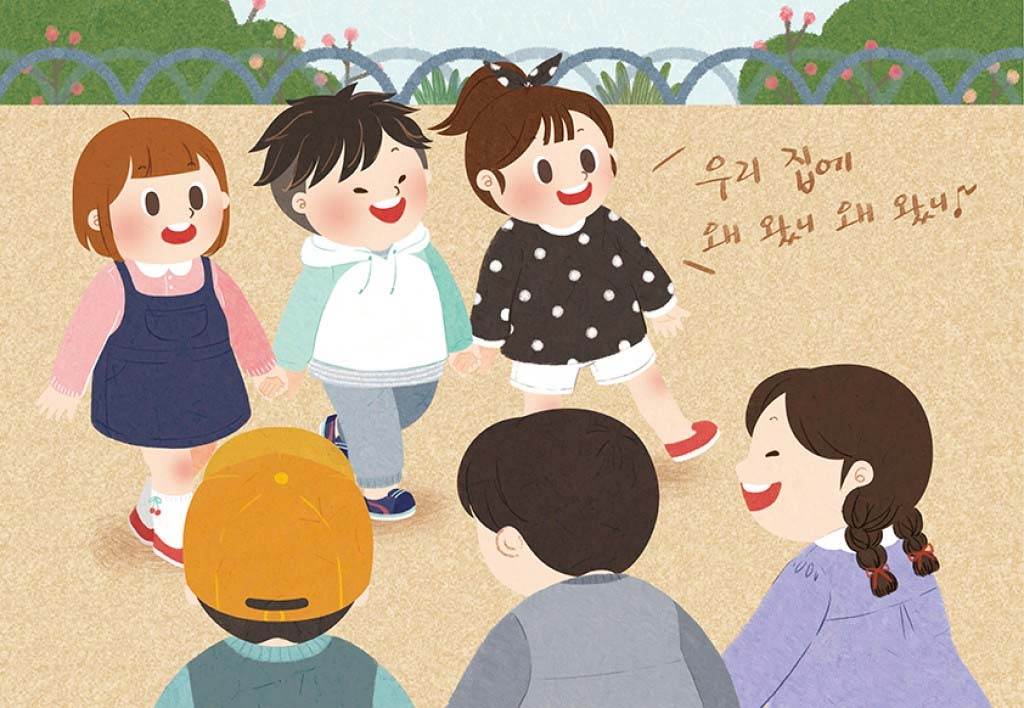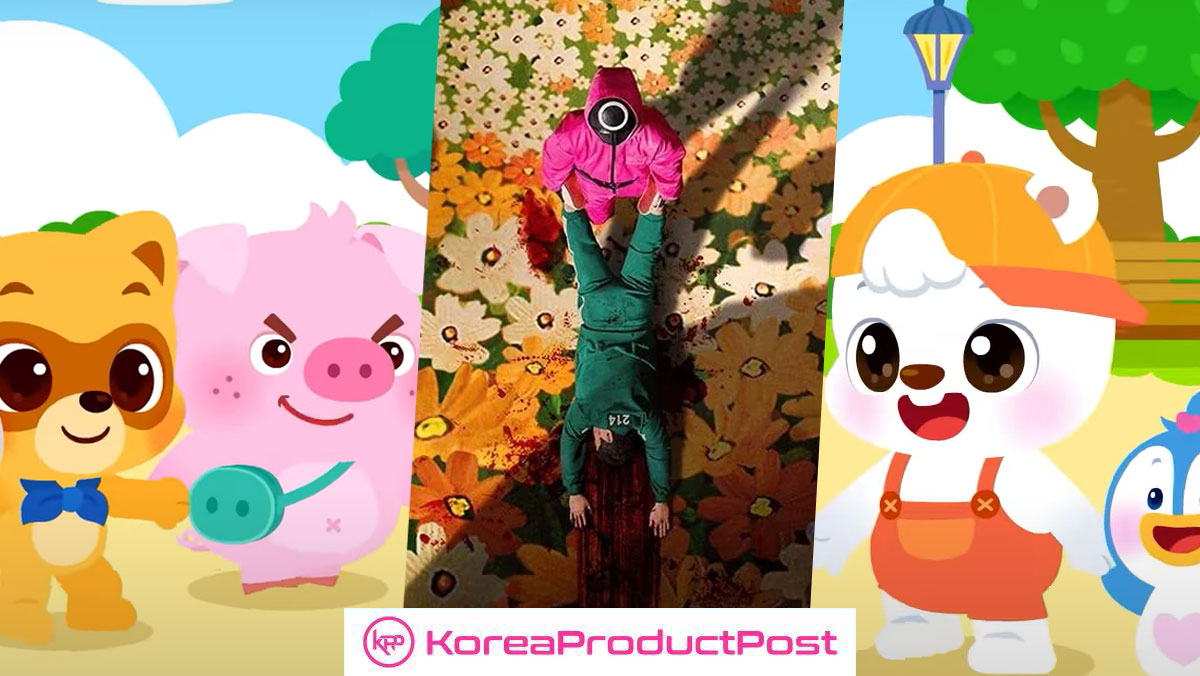You probably landed here looking for the rules. Maybe you even searched for the answer to this “Why Did You Come to My House” Korean game after it once teased in “Squid Game.” And yet, nothing concrete comes up. No official guides. No fixed gameplay. Just fragments: a song, a chant, a childhood memory.
But that’s where the story begins. Because in South Korea, the line between a “game” and a “memory” has never been clear-cut. And the brilliance lies in what isn’t written down. “Why Did You Come to My House?” might not be listed in cultural textbooks or preserved in national archives, but it’s alive—in the collective childhood of a country, in its storytelling, and now, in global media.
And that makes it more than a game. It makes it a cultural asset—repackaged, reimagined, and still ready to evolve.
“Why Did You Come to My House” Korean Game: General Rules and What’s the Answer?
Now, let’s start with the key that started this curiosity. Back then, when “Squid Game” Season 2 was only plan, “Why Did You Come to My House” was assumed to be one of the Korean children’s game challenges for the series. And so, fans were raving and searching for the rules for this “Why Did You Come to My House” Korean game, along with the answer they’re supposed to say.
Little did they know that “Why Did You Come to My House” has never been a Korean game with a specific answer or rules. In fact, technically, there’s no formalized traditional game by that name recorded in Korea’s documented folk play archives.

But what does exist—and what sparked all the curiosity—is a song, known widely in preschools and early education environments.
Here’s how it typically plays out in informal settings:
- Children form two lines or a circle.
- One side sings: “Why did you come to my house?” (우리 집에 왜 왔니?)
- The other answers: “To pick a flower.” (꽃 찾으러 왔단다.)
- The next question: “Which flower?”
- And finally, a name is called—often of another child—who then steps forward, responds, or continues the chant.
It’s light, rhythmic, and intuitive. There’s no real winning or losing, no scorekeeping, and no final round. And the real “answer” to this “Why Did You Come to My House” Korean game? It’s always just part of the interaction, or vocabulary education. The child named might perform a little motion, switch lines, or simply smile. Everything is improvised.
So why does this undefined, almost ruleless game hold so much power?
Why “Why Did You Come to My House?” Became a Squid Game Contender
Once upon a time in “Squid Game” Season 1, Episode 4, Seong Gi Hun casually tosses out the idea that “Why Did You Come to My House?” Korean game might be the next challenge.

It was just a line. But it stuck. Within hours, online forums began dissecting what this “game” could be. Director Hwang Dong Hyuk later added fuel by mentioning it as a real possibility for Season 2, citing its “infinite potential.”
That’s when global curiosity peaked—and confusion followed.
How could a preschool chant with no defined gameplay structure make it into a show built on deadly, tightly choreographed rules? But that’s exactly what makes it work. Its lack of structure allows creators to reinterpret it freely. In the “Squid Game” universe, that “Why Did You Come to My House?” chant could be turned into anything: a loyalty test, a trap disguised as an invitation, or a memory turned nightmare.
The absence of clarity becomes a creative canvas.
The Korean Childhood Game That Wasn’t—And Why That Matters
If you were expecting something like Yutnori, Gonggi, or Jegichagi, like those in the Season 2, “Why Did You Come to My House?” might seem like a misclassification. Those games come with decades—even centuries—of recorded rules, formal variations, and cultural festival revivals.
But this? This was never meant to be preserved in museums. It lives in playground echoes, preschool claps, and fleeting phrases remembered between cousins at family gatherings. It belongs to the oral tradition, not instructional handbooks.
And in South Korea, that tradition still matters.
Most children in Korea—even today—grow up with activities that involve movement, chant, repetition, and symbolic role-play. These aren’t always “games” in the Western, win-lose sense. They’re often emotional exercises in group rhythm, empathy, and pretend.
That is why games like Mugunghwa Kkot-i Pieosseumnida (Red Light, Green Light) include song and tension and Ganggang Sulrae turns more just a dance but a seasonal ritual wrapped in childhood joy.
How Korea Turns Nostalgia into Product: The Real Power Behind the Chant
Now, here’s where “Why Did You Come to My House?” Korean game turns crucial as one of promising IP products for the country.
South Korea has mastered the art of cultural repackaging. It doesn’t just preserve heritage but reinvents it entirely. And sometimes, the less defined a memory is, the more space it leaves for reinvention.

Even when the Korean game was eventually left out from “Squid Game,” “Why Did You Come to My House?” is now a pop-cultural breadcrumb. You might see it:
- Hinted at in horror games or eerie VR experiences
- Reimagined in indie short films or AI-generated narratives
- Used as a marketing device in eerie teasers (think: children’s voices in suspense trailers)
This is what we call emotive folklore IP—taking soft, unexplored cultural textures and weaving them into full-fledged commercial products. The original doesn’t need rules. It just needs resonance.
So What’s the Answer to “Why Did You Come to My House?”
You came for the answer. You stayed for the story. And that says everything.
In modern Korean media, not every game needs resolution. Not every childhood memory needs to be tidy. The answer isn’t about which flower you pick—it’s about what you remember when you hear the question.
That’s why “Why Did You Come to My House?”—whether or not the Korean game eventually appeared on “Squid Game”—holds so much potential as a possible IP product as itself. And you can see how this Korean game still works in classrooms, in nostalgic blogs, in experimental animations.
It doesn’t need formal rules to deliver emotional precision.
And if you’re building stories, products, or games inspired by Korean tradition, there’s a valuable lesson here: the softest cultural echoes often have the loudest impact when reimagined well.
“Why Did You Come to My House?” Korean Game: When Memory Outlasts the Manual
In the world of product design, game mechanics, or media development, clarity is usually king. But Korean tradition makes room for something else: the unfinished story. “Why Did You Come to My House?” is a perfect case of that—a non-game that still plays in everyone’s heads.
And if you’re trying to understand Korea’s creative edge, this might be the best place to start.
Because when a half-remembered chant from preschool becomes a global point of fascination—that’s not luck. That’s cultural design at work.
If you’re looking to promote your products and connect with international buyers, please don’t hesitate to contact us.
Join us on an exciting journey to explore the vibrant world of Korean lifestyle – from the latest beauty tips to the hottest tech and so much more on Facebook, Twitter, LinkedIn, and Flipboard.









